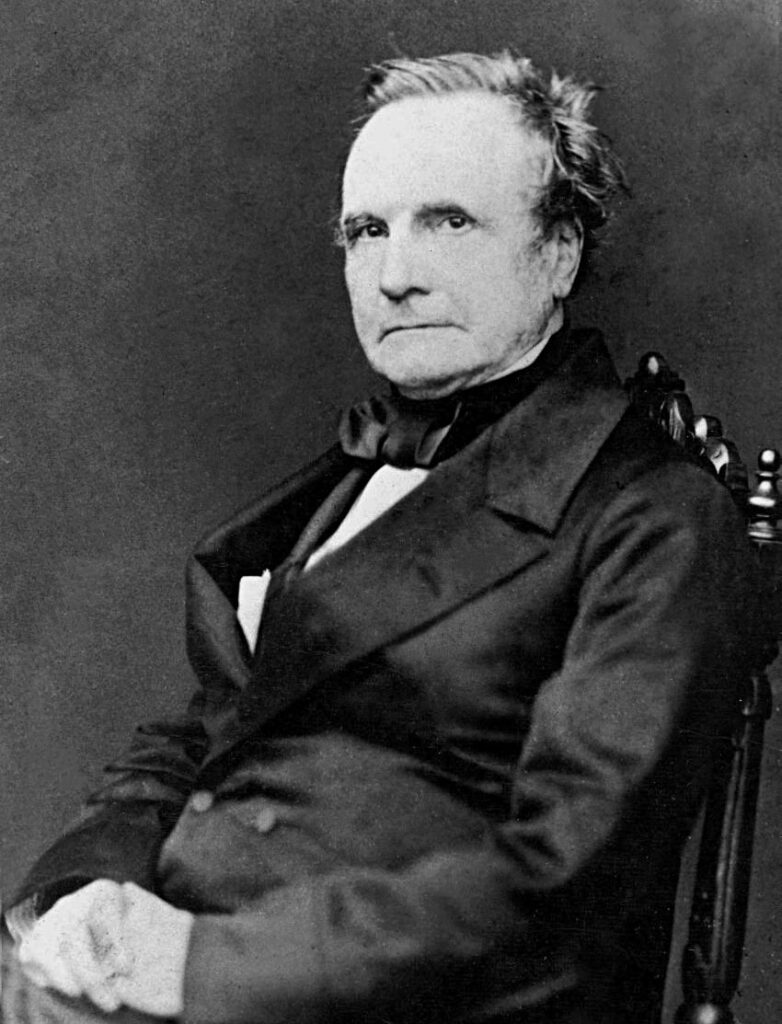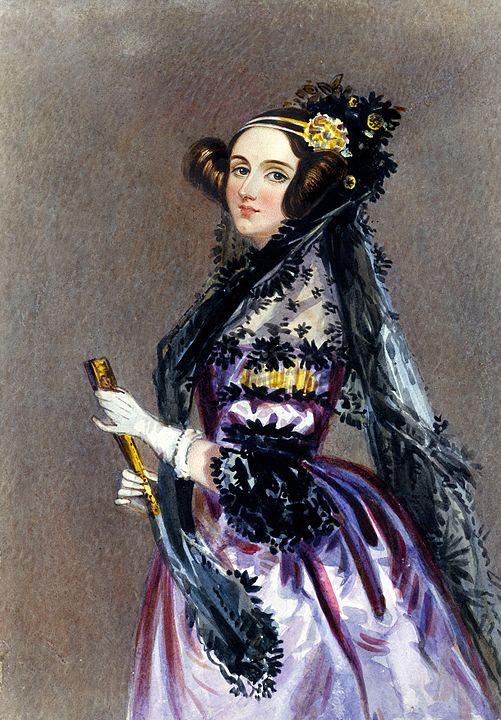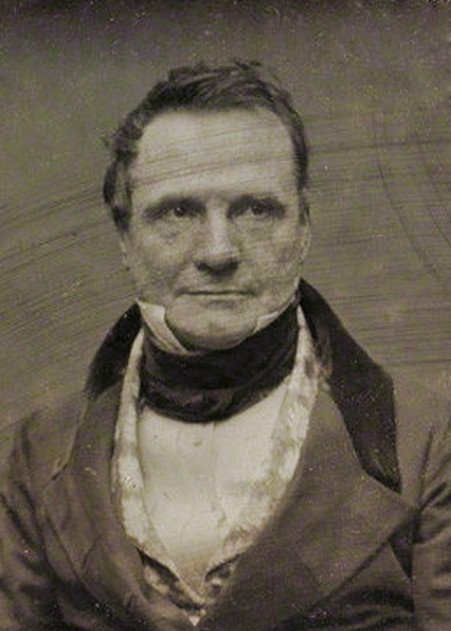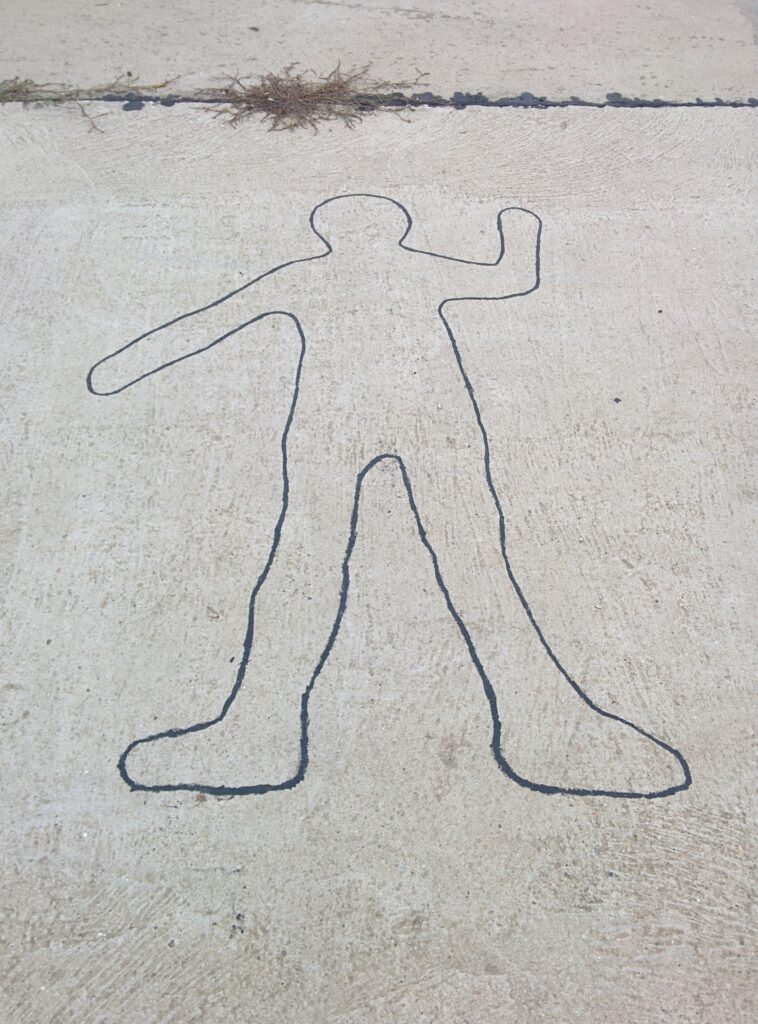
Scottish film sets







The Analytical Machine
Look at this paragraph from the video about the Analytical Machine. Some words are in bold.
Are those words nouns, verbs, adjectives or adverbs?

That machine was built by this guy, Charles Babbage. Now, I have a great affinity for Charles Babbage because his hair is always completely unkempt like this in every single picture. He was a very wealthy man, and a sort of, part of the aristocracy of Britain, and on a Saturday night in Marylebone, were you part of the intelligentsia of that period, you would have been invited round to his house for a soiree — and he invited everybody: kings, the Duke of Wellington, many, many famous people — and he would have shown you one of his mechanical machines.
Charles Babbage: Word Formation
Drag the word type to the example word.
[h5p id=”8″]
How did you know what form the words were? What clues were there in the spelling?
Think about the spelling and decide what kind of words these could be: noun, verb, adjective or adverb?
[h5p id=”9″]
Now let’s practice word formation with some real words.
Use the word given in capitals to form a word that fits in the gap. Write the new word.
[h5p id=”10″]
Invent a New Word!
With a partner, make a new word.
The rules are:
[h5p id=”11″]
This is Charles and Ada, the heroes of today’s lesson. Why do you think they are important?


Read the story of Charles and Ada. Why are they important today?
This is the true story of two people, Charles and Ada, connected by inventiveness, curiosity and a brilliant imagination. Two people who changed the world. Two people whose ideas allow you to spend your day watching cat videos on YouTube.
You’ve probably never heard of Charles Babbage nor Ada Lovelace, but you should have. They were pioneers in the world of computing, designing devices and writing programs that the technology of the day made it impossible to build.
Charles Babbage was a mathematician and inventor. He was tired of working under the thumb of his Cambridge professors and decided that if he could invent the one great computational machine then he would be liberated to work as he wanted.
However, not everyone saw his vision or believed in his genius. The Prime Minister of Great Britain, Robert Peel, gave him the cold shoulder and never ever invited him round for drinks again after an evening of Babbage explaining his engine. ‘You’re pulling my leg,’ said Peel – ‘who would ever need a computer?’
Ada Lovelace was the daughter of a poet. Not just any poet, but a leading Romantic. This is a polite way of saying that he had lots of girlfriends and probably many children. Ada’s family didn’t want her to grow up to be a poet, so they taught her the safer subjects of maths and science – unusual for 19th century women.
Ada met Charles when she was 17. They became friends quickly, seeing eye to eye on many ideas. Women couldn’t study advanced mathematics at university in those days, but Charles stuck his neck out for Ada and got her lessons with a leading professor at the University of London.
Later, when Charles was working on the analytical machine Ada lent a hand, writing codes that today we would recognise as programming loops.
Babbage’s Analytical Engine was never built in his lifetime, but nonetheless he is recognised as the father of the computer. Lovelace’s work was largely forgotten for over a hundred years, but by the 1950s she was being called the world’s first computer programmer.
Body Idioms
Draw a body outline in your notebook, like the one below. Find examples of body idioms in the story of Charles and Ada and place them as near as possible to the correct part of the body.

Now find three more idioms that weren’t in the text and also add them to the picture.
Body Idioms Q&A
Choose three of the body idioms from this lesson. Write a question for each one that you can ask your classmates.
Example: How would you feel if your classmates gave you the cold shoulder?
1 __________________________________________________
2 __________________________________________________
3 __________________________________________________
The Greatest Machine That Never Was
Now let’s go back to Charles Babbage.
We are going to watch a TED talk about Charles Babbage’s computer. Before we watch, look at the questions and predict the answers.
1) In which century was the first computer developed?
2) Why did he never finish his designs?
3) The machine uses …
4) Why is it a computer and not a calculator?
5) What did the machine use to make it work
6) What was missing from his computer compare to a modern design?
7) What did Ada Lovelace think of that Charles Babbage didn’t?
8) The biggest difference between Babbage’s computer and today’s is ….
9) What are they planning to do at the science museum?
10) When will it be ready?
[h5p id=”7″]
What do you think of Babbage’s design?
Would you like to use it?



May 1971, Marvin Gaye, the songwriter and performer of hits such as I Heard It Though the Grapevine and Too Busy Thinki’ ‘Bout My Baby, is depressed after the death of his singing partner Tammi Terrell, the failure of his marriage and struggling with a cocaine dependency, brings the world arguably the greatest album ever recorded.
What’s Going On is a concept album, effectively a story from the point of view of a Vietnam vet, recounting the problems of the world and the need for spirituality to solve these issues. What’s Going On is also a cycle in which refrains and ideas melt into each other, with motifs regarding children, love and confusion at the state of the world repeatedly interweave.
Fifty years later, let’s listen.
Side 1
Track 1) What’s Going On
Mother, there’s too many of you crying,
Brother, there’s far too many of you dying
And that’s just the first two lines. Has ever a song so simply summed up the world … and sadly the current world not just the one it was written in.
In three minutes and fifty-seconds, we meet mothers, brothers, fathers, strikers on picket lines, hippies with long hair, and we you get to dance to a beautiful R’N’B shimmy. Masterpiece.
Track 2) What’s Happening Brother?
More a bit of hip poetry than a song – a compliment! – Marvin is on conversation with a brother back from the Vietnam war. He wants to know the truth: is the war getting better? But for the veteran life is confusing, can’t get a job, things look different.
Obviously we no longer have wars …
Track 3) Flying High (In a Friendly Sky)
A trippy hit, a song of escape from the problems we’ve encountered thanks to mind-altering substances.
Drugs is another problem that Marvin mentions that society has successfully dealt with in the meantime.
Track 4) Save the Children
On the one level a bit of an obvious track, we need to save the world for the children, and we need to look after our children. Nonetheless, lines such as ‘who’s going to save this world that is destined to die?’ seems like he may know something!
Track 5) God Is Love
A gospel based song in which Marvin points out that God gave us this world, he gives us love: we should love each other.
Perhaps a simple solution, but the feelings seem genuine.
Track 6) Mercy Mercy Me
Imagine that a mere pop star could talk about the death of the planet, the damage we do to the world in 1971, and yet today there are still some who want to argue that’s all’s fine with the world?
Where did all the blue skies go?
Poison is the wind that blows from the north and south and east
Side 2
Track 7) Right On
A musical wonder. The opening jazz piano leads to a whole range of sounds, instruments I can’t identify, funky rhythms, spiritual moments and a big mess of a lyric that celebrates everyone and everything from those who look after the ill to sex.
For those of us who simply like to socialize
For those of us who tend the sick …
And my darling, one more thing
If you let me, I will take you to live where love is king
Ah, baby
Well, thank you Marvin.
Track 8) Wholy Holy
Another return to gospel, another insistence that we love each other to make the world a better place.
Some can argue this is corny, but it’s hard to argue with.
Track 9) Inner City Blues
The third of the timeless acts of genius on this record. A jazz and gospel sway through the troubles of life, from poverty, inflation, taxes and trigger happy policeman.


via IFTTT
